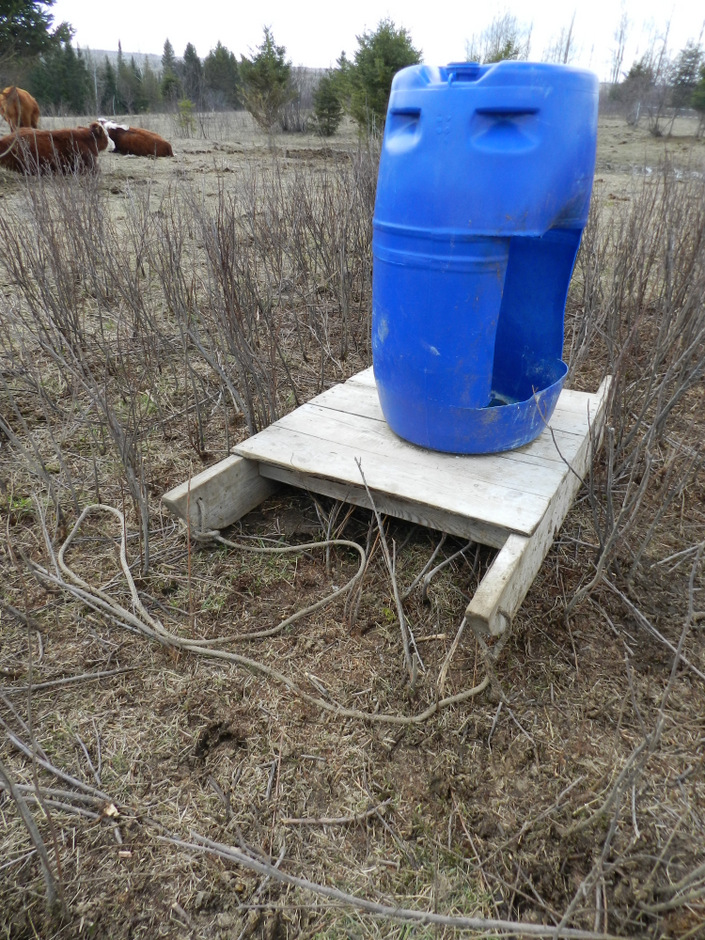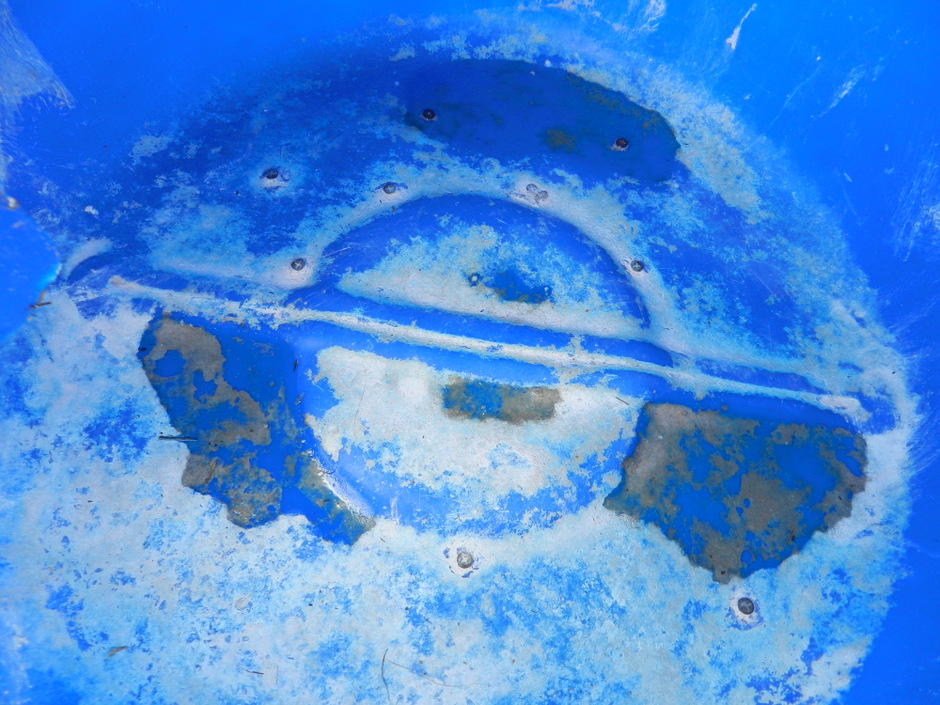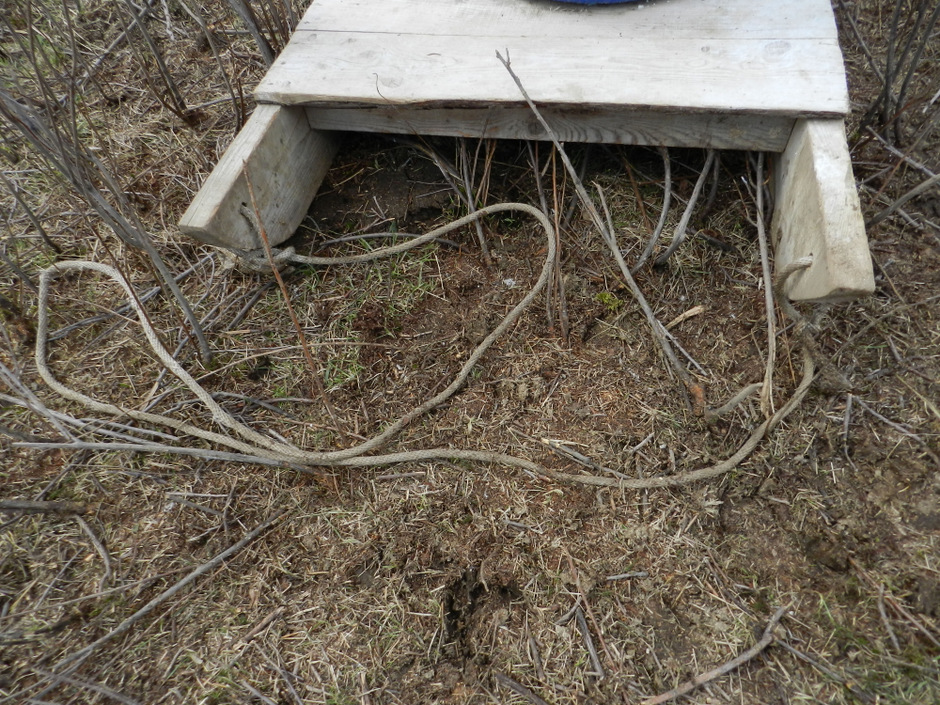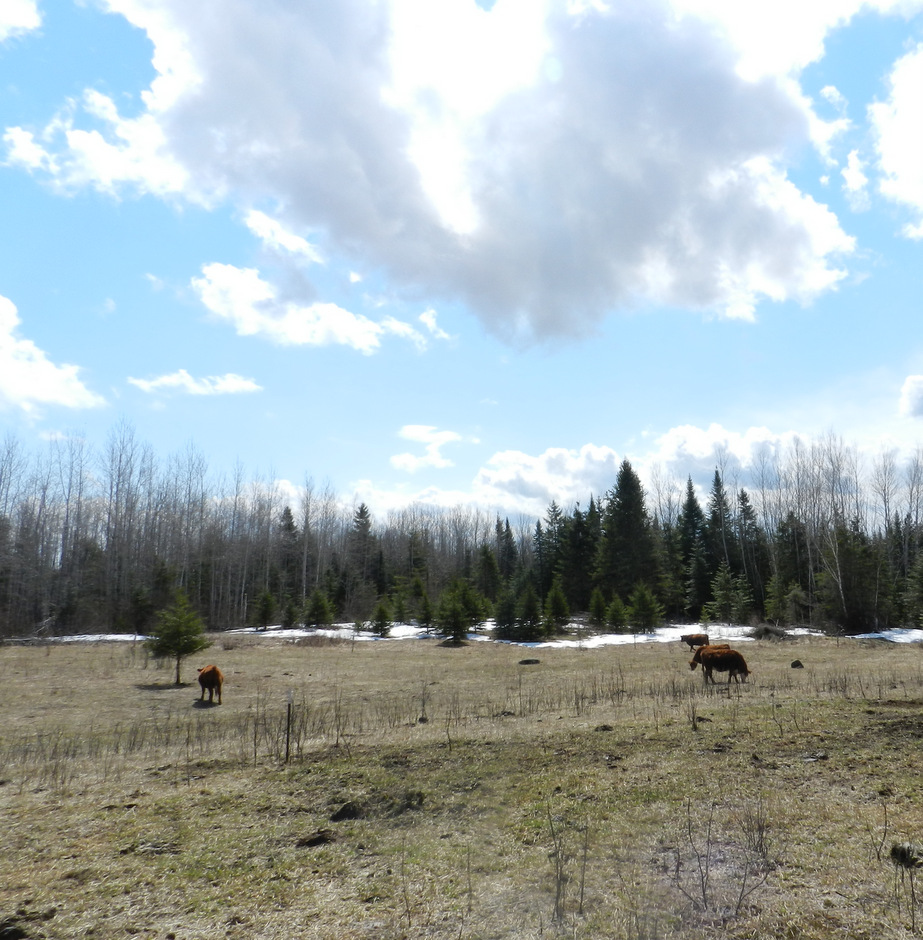Hello from windy, northern Maine!

The wind has been whipping through our area like a bull on a mission during the breeding season. ha! We have had wind gusts up to 50 mph, with the potential for wind chill to reach -40 F today. It makes a person want to hunker down and hibernate for the day. Hiding is not an option when you operate a farm or ranch, even during the most brutal of winter conditions. Snow, sleet, wind, polar vortex induced cold, rain, ice, and sometimes, sweltering heat (starting to believe, though, that that option may not longer exist up here! ha!)……..the farm…the ranch…your animals…need YOU! My absolute favorite person in the world did the morning check on the snowmobile this morning. Thank you, Jer!
On a normal winter day the daily routine looks like this:

AM Check: After putting our oldest on the bus, I make the rounds around the farm. When the weather really kicks up, like these last few days with our windstorm, Jer will take the snowmobile and zip around the farm checking everyone. On a normal day (less and less normal days this winter!), Jer is getting ready to go to his 40+ hour a week job that is separate from the farm and I do this AM check. I check the calves and the cows. As I mentioned in the previous post, we currently manage these two groups separately during the winter. During this AM check, I want to make sure everyone is alright, and then, address any damage that may have occurred overnight.

This can range from something as simple as some insulators that popped off or as complex as wires ripped down and cattle during a dance in forbidden territory. More and more this winter, we have found ourselves also having to do some serious shoveling as well around the bales. After finishing any needed fixes and/or shoveling, I then make sure everyone has access to hay by adjusting wires and rods as needed.

Afternoon Check: I do my second check of the day in the afternoon, before our oldest gets home from school. I do this check while our youngest is napping. This check is more involved, as I feed out mineral for the calves and the cows, plus barley malt sprout tailings for the calves. For our 30 spring/summer 2018 calves, we feed out 8, full-5 gallon buckets worth of tailings during this afternoon check. Our tailings are stored in huge, industrial-sized totes. The totes are a little distance from the calves, so we use a sled to bring the tailings to the calves.

We spread-out the feeding of the spouts between two large, feed bunkers. In addition to supplying mineral and tailings, the same check-list from the AM check applies for the afternoon check as well.



After finishing the afternoon check, I usually have just enough time to store the sled and mineral containers away and then it is down to the bus stop to meet the school bus.
A little sidenote: My daily uniform this winter has been my insulated Carhartt bid overalls, 2 winter coats, neck and face cover, hat, multiple pairs of gloves, and my Mucks. I finally broke-down this winter and invested in some good quality insulated Carhartt bid overalls. I had been putting it off for 5 winters, using a combination of ski pants/rain pants/any pants. Well, this winter broke me and by December 1st, a month after winter came rip-roaring in, I was rocking in my new overalls and much warmer! Having the right equipment is crucial to running a farm and the right equipment applies just as much to your clothing and choice of shoes, as it does to your choice of tractor or squeeze chute. Here on the farm, we are all about thrift store and second-hand shopping. We relish and anticipate for months prior to the next farm equipment auction. We are all about saving money, buying something still in good condition, but used. But, the thrift-store train stops when it comes to outfitting ourselves and our children for these brutal Maine winters. We need gear that is going to keep us warm, dry and free from hypothermia ideally! We invest in good wool socks, insulated jackets and overalls, and boots! Mittens, gloves, neck and face covers, and hats galore! You open our front door and you will be greeted by a mountain-filled, over-flowing chest of winter gear. It really does take over the house. As much as I love my overalls, I will be more than ready to hang them up for the season! I know that Jer and the kids feel the same way.
Stay tuned for my next post on calculating winter hay bale/feed needs for your cattle herd!
Stay safe and take care!





